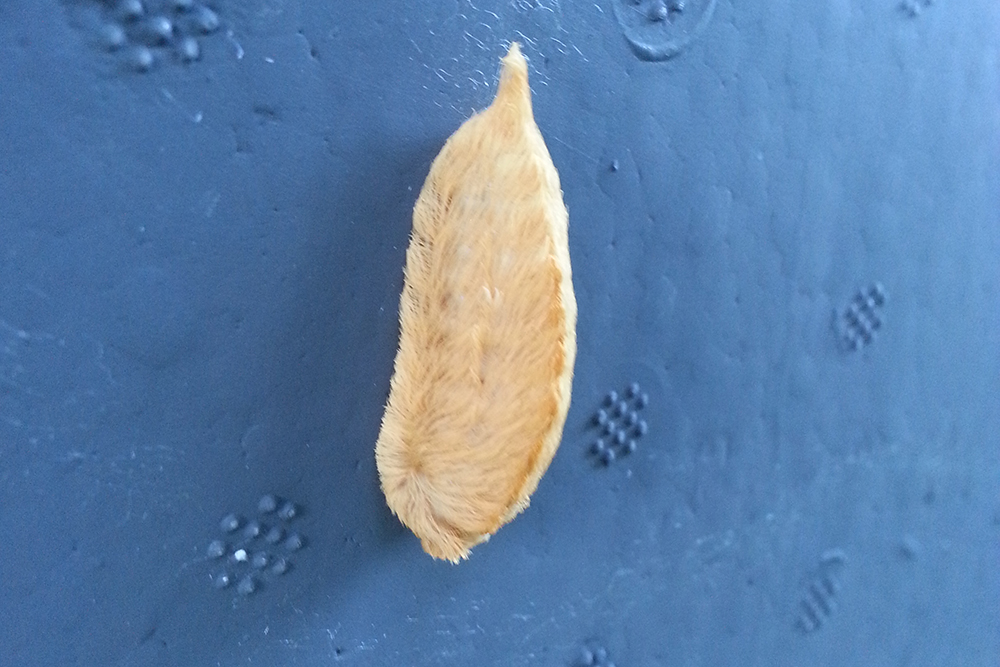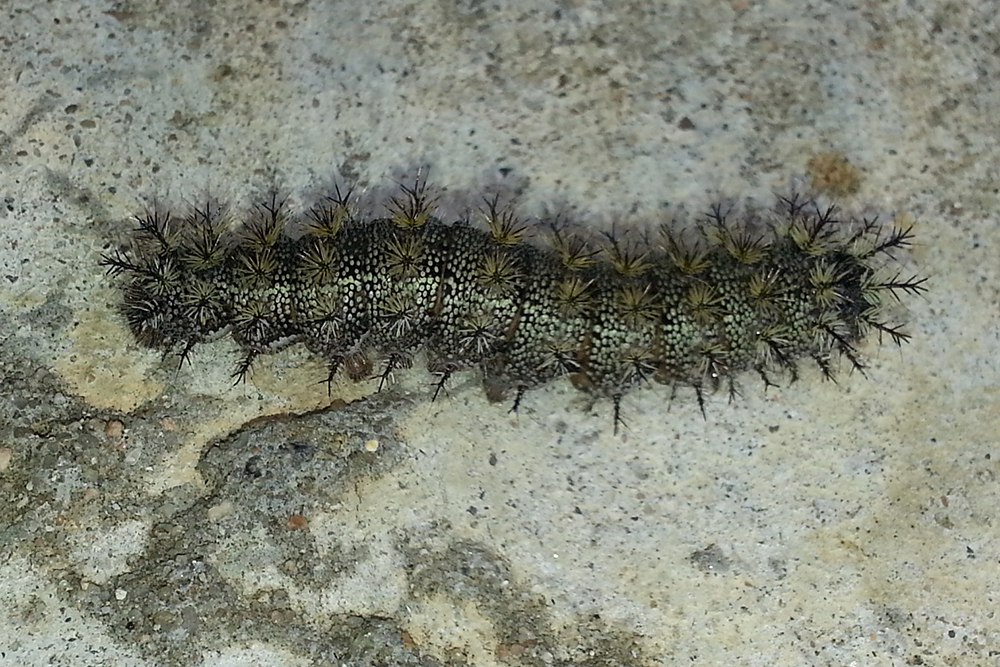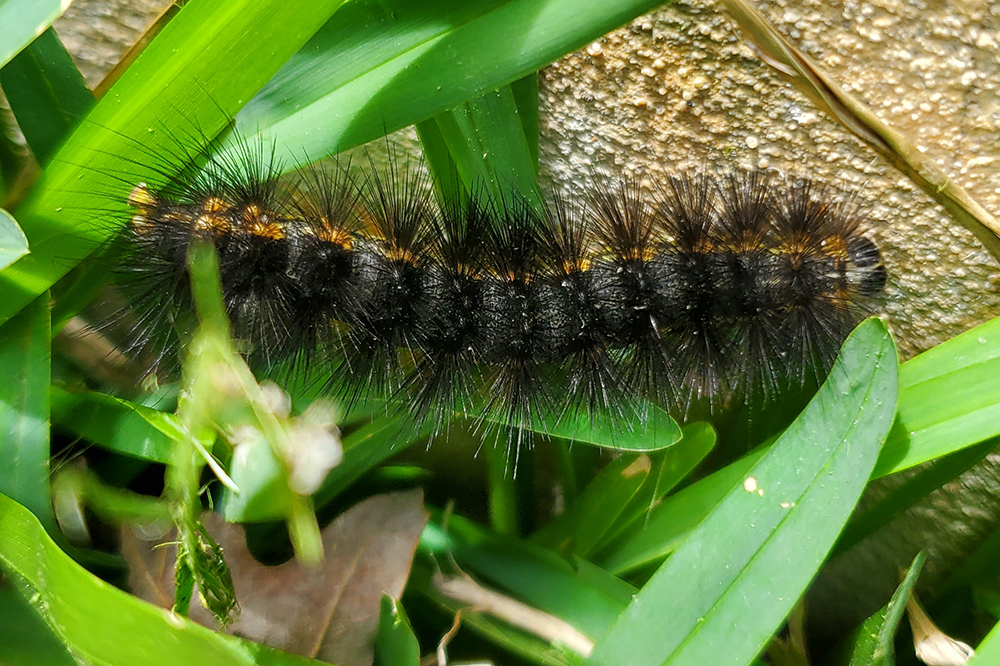As temperatures warm up, Texas A&M AgriLife Extension Service experts urge Texans to stay alert for stinging caterpillars. These fuzzy, or sometimes spiky, insects may seem harmless but can cause itchy rashes, intense pain and severe reactions requiring medical attention.
Many people spend more time in outdoor areas like yards, parks and forests during warmer months from April-June – increasing the chance of encountering these insects.
What stinging caterpillars look like, species in Texas
Stinging caterpillars are often fuzzy or woolly. This can make them look soft and tempting to touch, experts say.
Perhaps the most common stinging caterpillar in Texas is the southern flannel moth caterpillar, also known as the asp or puss caterpillar. Touching an asp caterpillar can cause severe pain and may even require a trip to the hospital, according to AgriLife Extension experts.


Other stinging caterpillar species in Texas include:
- Buck moth caterpillar
- Spiny oak slug caterpillar
- Hickory tussock moth caterpillar
- Saddleback caterpillar
- Io moth caterpillar
Asps are “teardrop-shaped caterpillars that look touchable, but they are not,” said Wizzie Brown, AgriLife Extension specialist in integrated pest management for Travis County. “Asps have spines attached to venom glands that can lead to a nasty sting, rash and other issues.”

How to avoid being stung
While many fuzzy caterpillars are harmless, never handle them unless you’re sure they are not a stinging species, Brown said. The asp caterpillar, for example, looks deceptively soft. This can make it especially tempting for children to pick up or “pet” them.
Additional tips to avoid being stung:
- Wear gloves when working in the yard.
- Avoid sitting under trees where caterpillars may drop onto you.
- Wear long sleeves and pants when outdoors, especially in wooded areas.
Symptoms and treatment
If you are stung, you may feel immediate pain and reddish-colored spots may appear where spines entered the skin. Some people may not feel pain until several minutes after being stung, while others immediately experience intense throbbing or radiating pain. Other people may not feel much discomfort and a red rash may be the only telltale sign.
“Some people may have a more severe reaction than others, and where on your body you are stung and the thickness of that skin can affect your reaction, too,” Brown said.
If the caterpillar is still on you, immediately shake it off if possible, and use tape to remove any remaining spines in your skin, Brown said.
An ice pack should be applied to the site of the sting, and oral antihistamines can be administered to help relieve the itching and burning sensations.
Other symptoms after a sting can include nausea, vomiting, headaches, respiratory stress or shock. Since reactions to the toxins from stinging caterpillars can vary, seek medical advice or treatment or go to an emergency room if you become concerned. Any contact with eyes or an allergic reaction to a sting warrants immediate medical attention.
Texas caterpillars commonly confused with stinging species
Brown said she has been getting questions about saltmarsh caterpillars, often confused for stinging caterpillars because they’re fuzzy.
Saltmarsh caterpillars are common across the U.S. and include several species that transform into tiger moths. They are prevalent throughout Texas.
Unlike stinging caterpillars, woolly bear caterpillars, as the saltmarsh caterpillar is also known, are harmless to humans.

“Many people see the hairs on this caterpillar and automatically think, ‘Don’t touch that — I’m going to be stung.’ Fortunately, these are not stinging caterpillars, so you can handle them and they won’t hurt you,” Brown explained.
Still, she cautions, “If you aren’t 100% sure what an insect is, it’s best not to touch it with your bare hands. If you want to pick a caterpillar up, put on some gloves. That way, you’re safe if it is a stinging caterpillar.”
